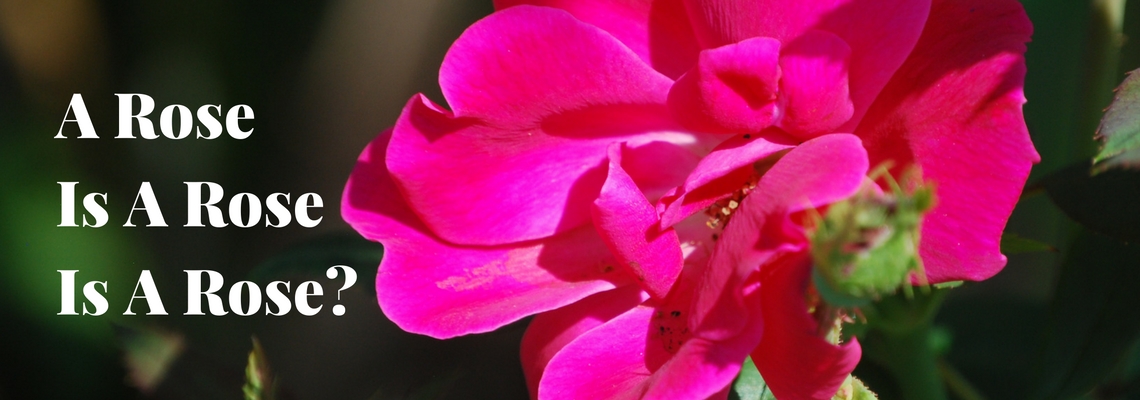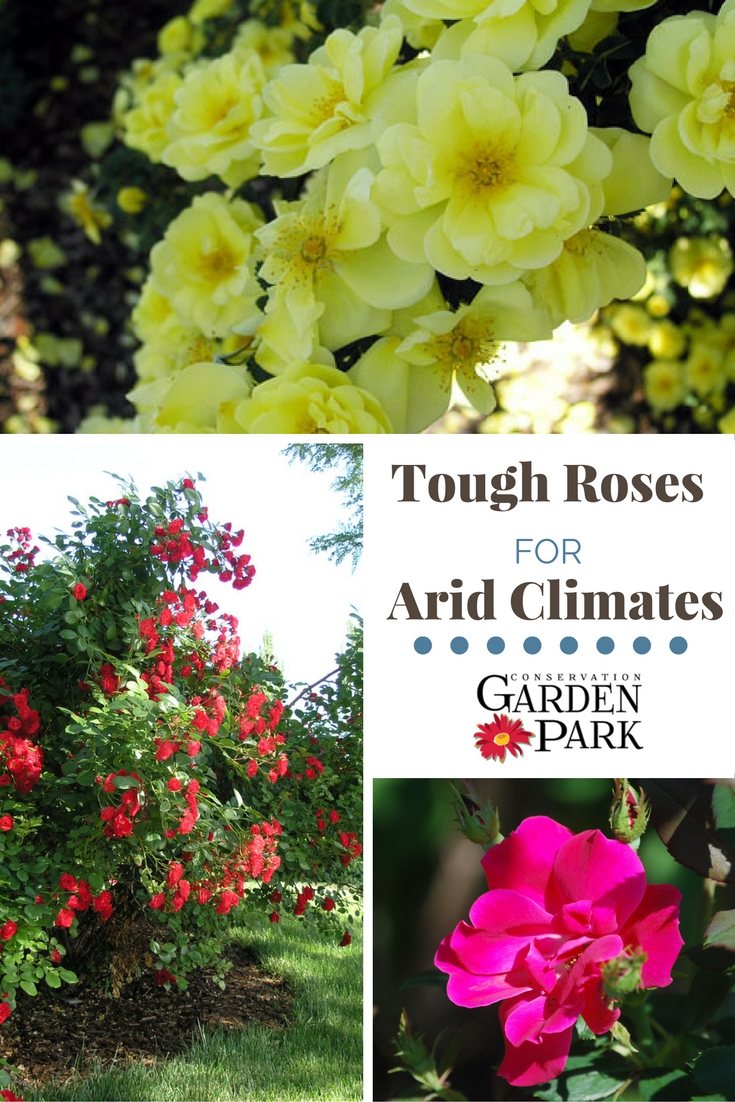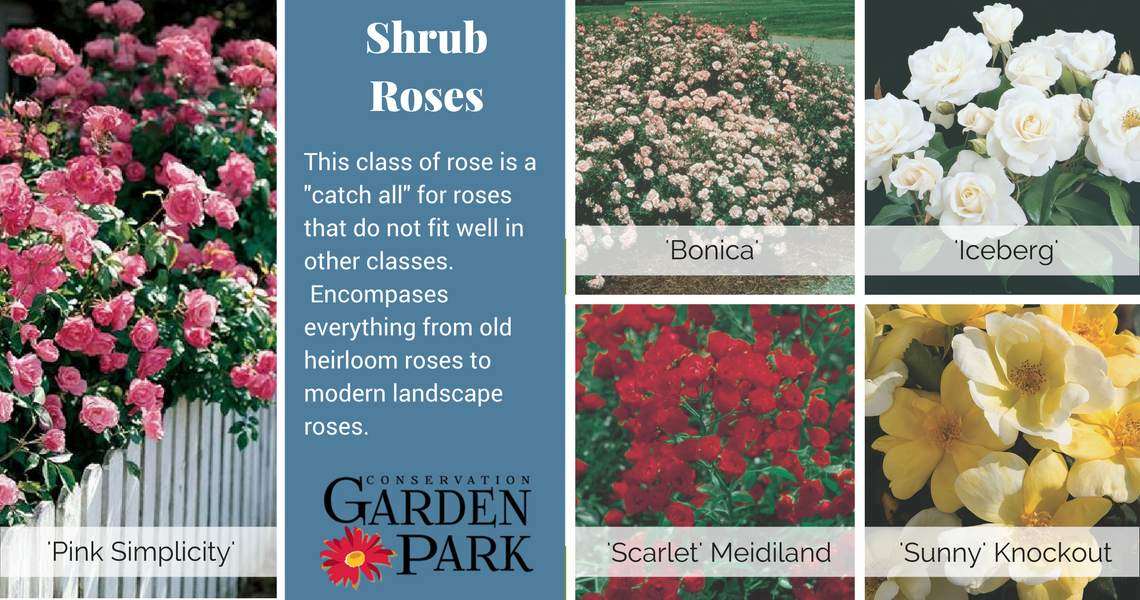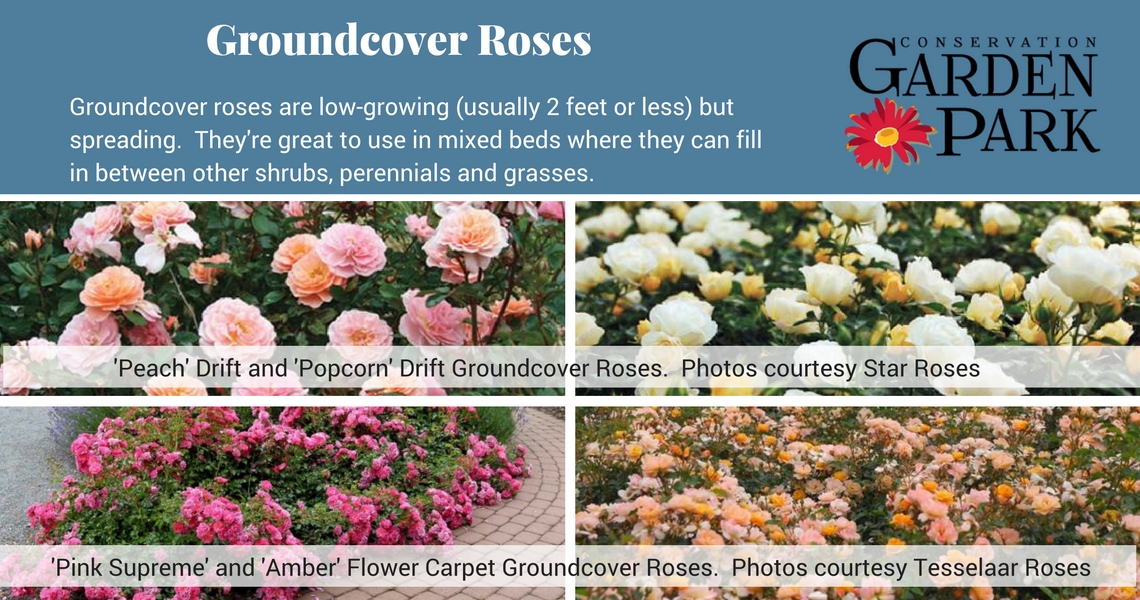
Tough Roses for Arid Climates
-
 Roses were among the first ornamental plants planted in Utah, brought west with pioneer wagon trains. However, the roses of the pioneer era were quite a bit different than the beautiful but often fussy hybrids that have become popular since. Hybrid Tea Roses may be the most popular but there are lots of other types of roses worthy of a spot in your garden too. Luckily, there has been a resurgence of "heirloom" roses and they're more readily available now than ever. In addition, recent rose breeding has focused more on creating long blooming, low-maintenance and resilient varieties. I think the pioneers would approve.
Roses were among the first ornamental plants planted in Utah, brought west with pioneer wagon trains. However, the roses of the pioneer era were quite a bit different than the beautiful but often fussy hybrids that have become popular since. Hybrid Tea Roses may be the most popular but there are lots of other types of roses worthy of a spot in your garden too. Luckily, there has been a resurgence of "heirloom" roses and they're more readily available now than ever. In addition, recent rose breeding has focused more on creating long blooming, low-maintenance and resilient varieties. I think the pioneers would approve.
Many people shy away from roses because they’re worried about the maintenance, but if you plant the right kind of rose in the right place, it’s easy! Let’s consider some of the lesser known options that are excellent choices for Utah landscapes. Having spent 18 years of my career as a rose specialist for a local nursery, I've seen A LOT of different roses but today I'll share a few of the best for consideration in your landscape.
-
Floribunda Roses.3 x 4 feet tall and wide.
They are a great little bush that’s the perfect size to fit many residential landscapes. Floribunda roses bloom in clusters rather than a single bloom. There are so many great options in this group that it’s hard to pick just a few so I’ll share some of the easy-to-find varieties but this list is by no means complete.
· Ebb Tide· White Licorice· Ketchup and Mustard· Sentimental· Walking on Sunshine· David Austin English Roses (many varieties) -

-
Shrub Roses/ Hedge Roses
Most are 3-5 feet tall and wide but can grow up to 8 feet tall.
Shrub roses are among the best for home landscapes and this category is a bit of a "catch all" for roses that don't fit the other categories. I have personally grown Bonica’s on both sides of my driveway for now 25+ years, and they are still beautiful. The impact of shrub roses dramatically increases when they are grouped as a mass planting or as a hedge. Some varieties are repeat or everblooming ensuring lasting color. In the photos below, I'm showing just one of the many colors available in the 'Simplicity' series from Jackson & Perkins and both of the 'Meidiland' and 'Knockout' series from Star Roses.
•Bonica•Simplicity•Iceberg•Meidiland Series (many varieties)•Knockout Series (many varieties) -

-
Groundcover Roses1-2 feet tall by 3-5 feet wide.
You have a number of choices on these varieties nowadays. I like both the Drift and Flower Carpet series which offer a number of lovely colors and nearly non-stop bloom. The wind will help care for your groundcover roses by snatching away spent flowers before you have to. In my experience, they will continually repeat bloom over the season. Groundcover roses are great as a foundation planting around basement windows if security is a concern or mixed in with perennials to add some pop to mixed borders.
•Flower Carpet Series (many varieties)•Drift Series (many varieties)
-

-
Rugosa RosesMany sizes.
Rugosa roses are among the oldest roses cultivated with the Harison’s Yellow being the same rose favored by pioneers. The native Wood’s Rose and smaller ‘Purple Pavement’ rose can both tolerate shady situations too. Be aware that rugosas are survivors and may be too aggressive for some landscape situations but thrive where growing is tough.
•Austrian Copper Rose•Harison’s Yellow Rose•Wood’s Rose (native)•Purple Pavement -

-

-
Special thanks to Weeks Roses, Star Roses, Jackson & Perkins, Tesselaar Roses and the Conservation Garden Park for providing the photos in this article. Photos used with permission.
-


